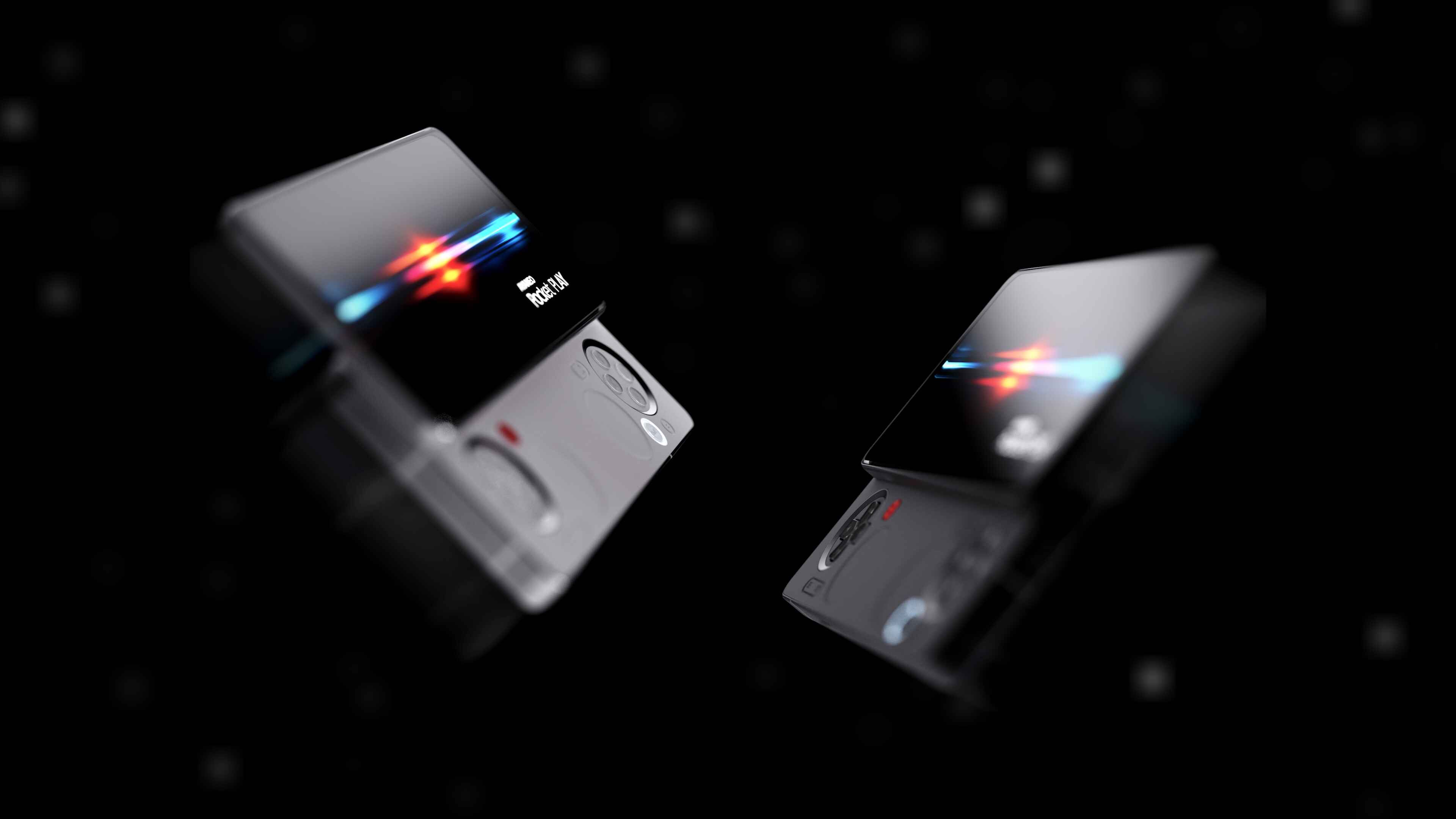How to declutter your tech — from someone who has too much of it
I took on a massive tech decluttering project in my own house recently, and this is what I learned.
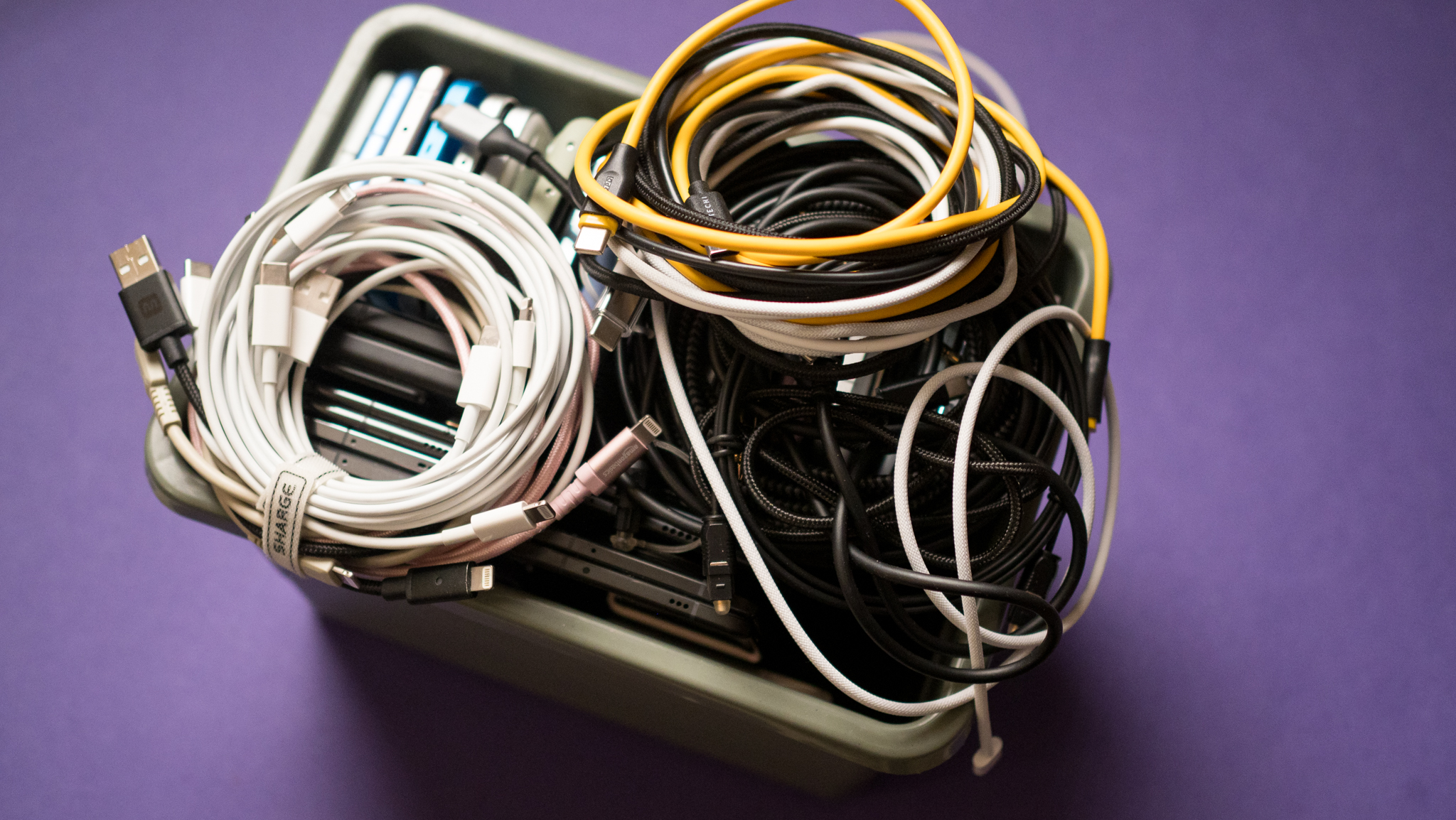
If there's such a thing as a tech hoarder, I'm sure I qualify. I have over 350 phones in the house, over a hundred earbuds, a ridiculous number of chargers, cables, power banks, and so on. I had a decent system to organize all the tech in the house, but the last two years have been particularly busy, and I let the clutter pile up to such an extent that I don't really know where things are any longer.
Recently, I embarked on a decluttering project to organize my tech better, and while it was labor-intensive, the upside is that I can now reliably locate products I need without wasting 30 minutes, and I consider that a win. So here's what worked for me and how you can get started.
How to declutter cables and accessories

Cables contribute to clutter in a big way. I have hundreds of USB-C cables in the house, and while the Kindle Oasis is the only device that I regularly use that still needs Micro-USB, I somehow have a few dozen of those cables lying around that I didn't throw out.
I still need Lightning cables because of older iPhones and iPads, USB-A, Mini USB, and USB-B cables that I use with various synths and other music production gear, and USB Micro-B cables to use with old external hard drives. Similarly, I have over a hundred wired earbuds, and while they don't take up much room, there's no good way to organize them, particularly with IEMs.
That's just the start of the cable clutter; I have dozens of Ethernet cables of varying lengths, HDMI and DisplayPort cables, and a boggling number of RCA audio cables. While I had a good system to categorize cables in the past, things have gotten out of hand in the last two years, and nowadays, it's a bigger chore to dig through the cables than just buying new ones.
My solution? I use cable ties, and I started getting storage boxes where I can easily categorize cables based on need or utility. I bought these storage boxes to store USB cables, and there are larger variants if you need to house Ethernet or HDMI cables. These storage boxes are just as great with earbuds and chargers as well.
You can also get retractable cables; I used this Baseus cable over the last 12 months, and it's just so much more convenient. I just got the inCharge XS, and this tiny cable has USB-C, USB-A, and Lightning connectors, and it is able to charge devices up to 240W. With these multi-connector cables and retractable options, you don't have to deal with as much clutter, and they're just easier to manage.
Get the latest news from Android Central, your trusted companion in the world of Android
The best thing you can do is give away cables you don't need. This is what I did recently; I put a few dozen old chargers and cables in a bag and handed it away, and it felt great. I'd recommend holding on to three of each cable variety with older cables because you don't ultimately need to have a lot of those lying around.
Another thing that made a big difference is labeling things. The only reason I'm able to find anything at all is because I finally started labeling all accessories and cables, and I use this 10-year-old Epson label maker that's still going strong — the same cannot be said of my Epson printer.
How to declutter phones and other hardware
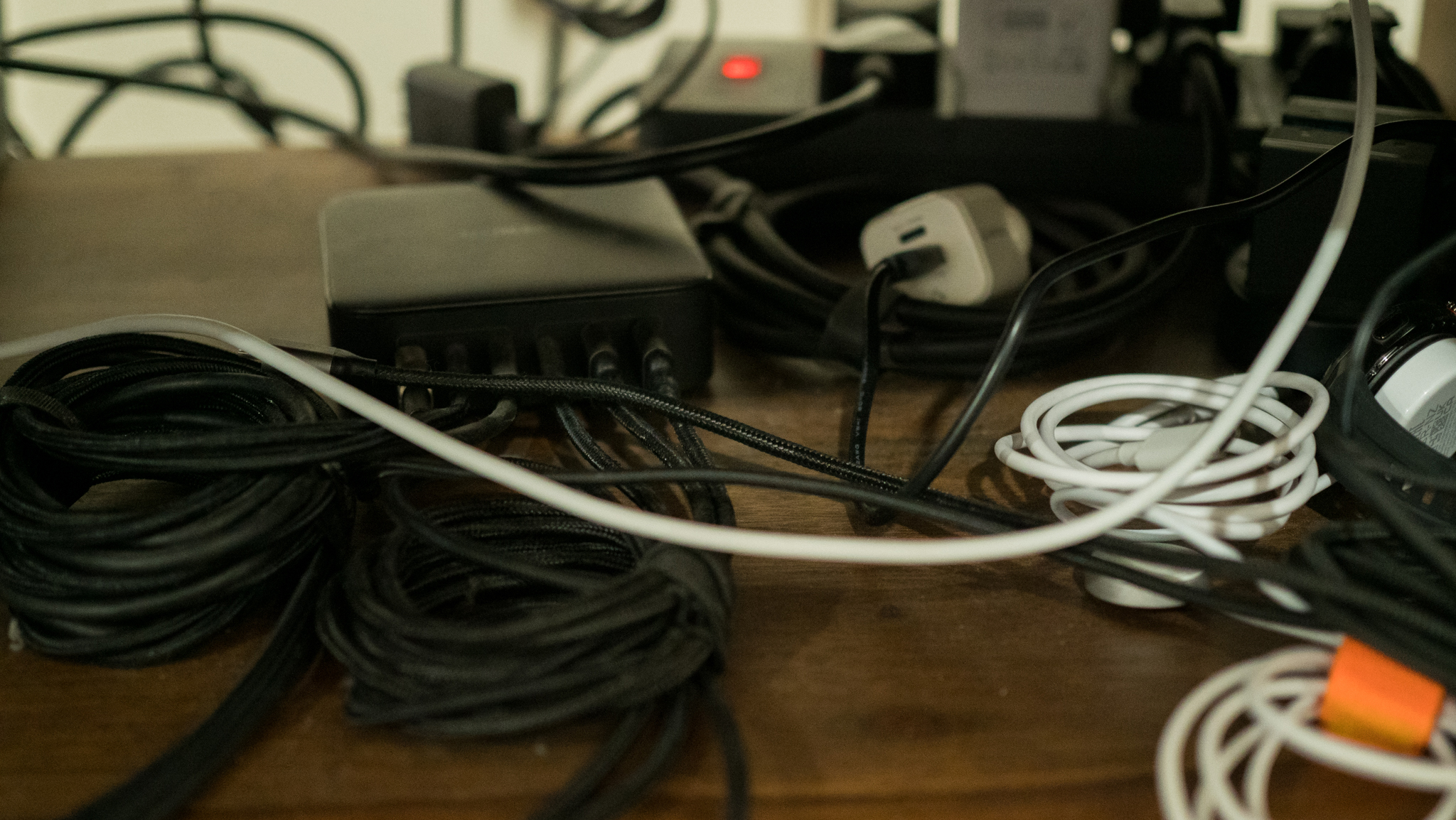
I've been testing phones for over a decade now, and I amassed quite a collection of phones, including the latest flagships like the Pixel 9 Pro XL, iPhone 16 Pro Max, foldables like the Magic V3, and everything in between. I have a charging routine at the start of every quarter where I make sure all of these devices are charged to 50% (what do you do on a Sunday?), and once that's done, they go back into their boxes.
I tried several techniques for storing phones, and nowadays, I just have a dozen of these IKEA storage boxes, with phones arranged by manufacturer (Xiaomi alone takes up four boxes). I store chargers in individual boxes, and charging cables are now sorted into four categories: USB-C PD cables that deliver at least 100W, USB-C to USB-A cables, manufacturer-bundled cables, and regular USB-C cables to transfer data.
I use anti-static bags with hard drives, DRAM modules, and motherboards, but the rest of the general tech products — routers, NAS servers, tablets, keyboards, mice, headsets, and docking stations — go into individual shelves. The biggest issue in this area is finding the cable associated with the product, so these days, I just put power cables in sealable bags and label them accordingly.
If you have old phones sitting in a drawer, I'd suggest charging the devices at least every six months to ensure the battery doesn't balloon or degrade. You can also reuse older phones, and they hold up pretty well for a lot of tasks. For example, you obviously can't use something like the LG G4 as a daily driver; the phone doubles up as a media player, and the built-in DAC is brilliant in its own right. One of my best use cases for old phones is as a security camera — Alfred is a great utility.
Another solution is to just sell, give away, or donate older tech. I'm particularly bad at this, and while I don't like giving away phones, I do a good job handing out devices to family members and friends. Selling older tech is another option, but you don't get much — a better choice is to see if your carrier has a trade-in offer toward a newer device. Barring that, my recommendation is to use a service like Swappa to sell old phones, notebooks, and any unwanted tech that's just sitting around. Regardless of how you give away old phones or notebooks, you will need to make sure you securely erase your data.
If you've got decades-old products that don't have any material value, you should consider recycling them. Best Buy has a good recycling program, and most counties offer a recycling service in the U.S., Canada, and the U.K.
How to organize and declutter your digital life
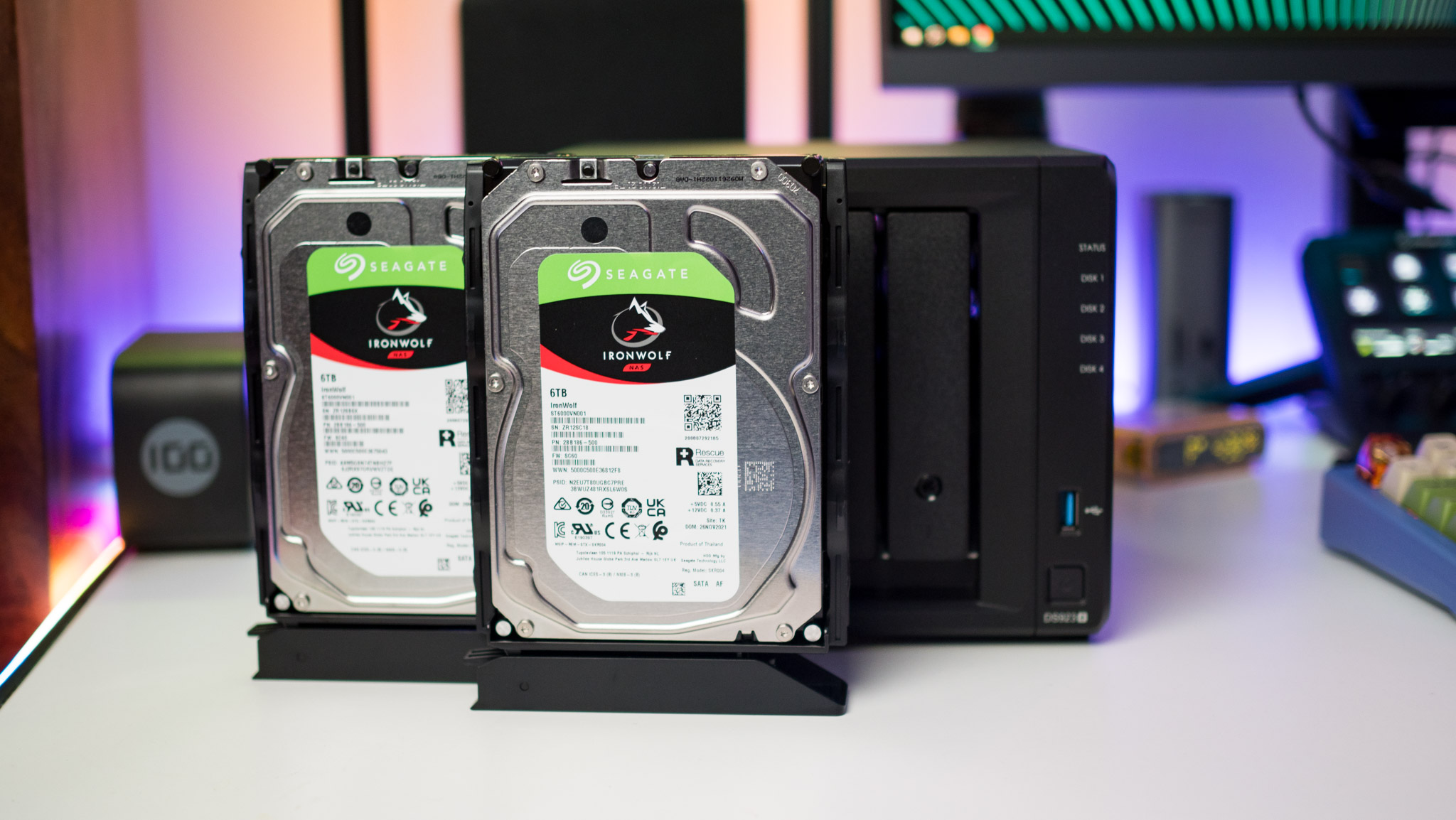
Organizing digital media can be a daunting task. I did this exercise at the start of 2024 when I was setting up a new 100TB home server, and I realized I have the same data in at least three different locations. If you have a local media collection, I'd recommend going through the data and using a tool like MediaMonkey to better organize your content. With music in particular, I suggest MusicBee; I used it quite a bit in the past.
Plex is a terrific utility in this regard, and it takes care of all the organization and metadata. Roon is similarly great for organizing your music library, and while it has unique features, it is quite costly at $15 a month. When it comes to photos, a utility like digiKam is handy for organizing and adding tags, and if you need a self-hosted solution, Immich is the best around.
As for storing photos, I use a NAS to store all photos and videos going back a decade, and it automatically backs up any new photos taken from my phone. I then back up this data to another NAS and use an external SSD as a third storage medium. Photo organization is handled by the NAS, and it sorts photos into custom folders categorized by year. If you're looking to get started, I'd suggest getting something like the DiskStation DS224 Plus — it costs $297 and is a worthwhile investment.
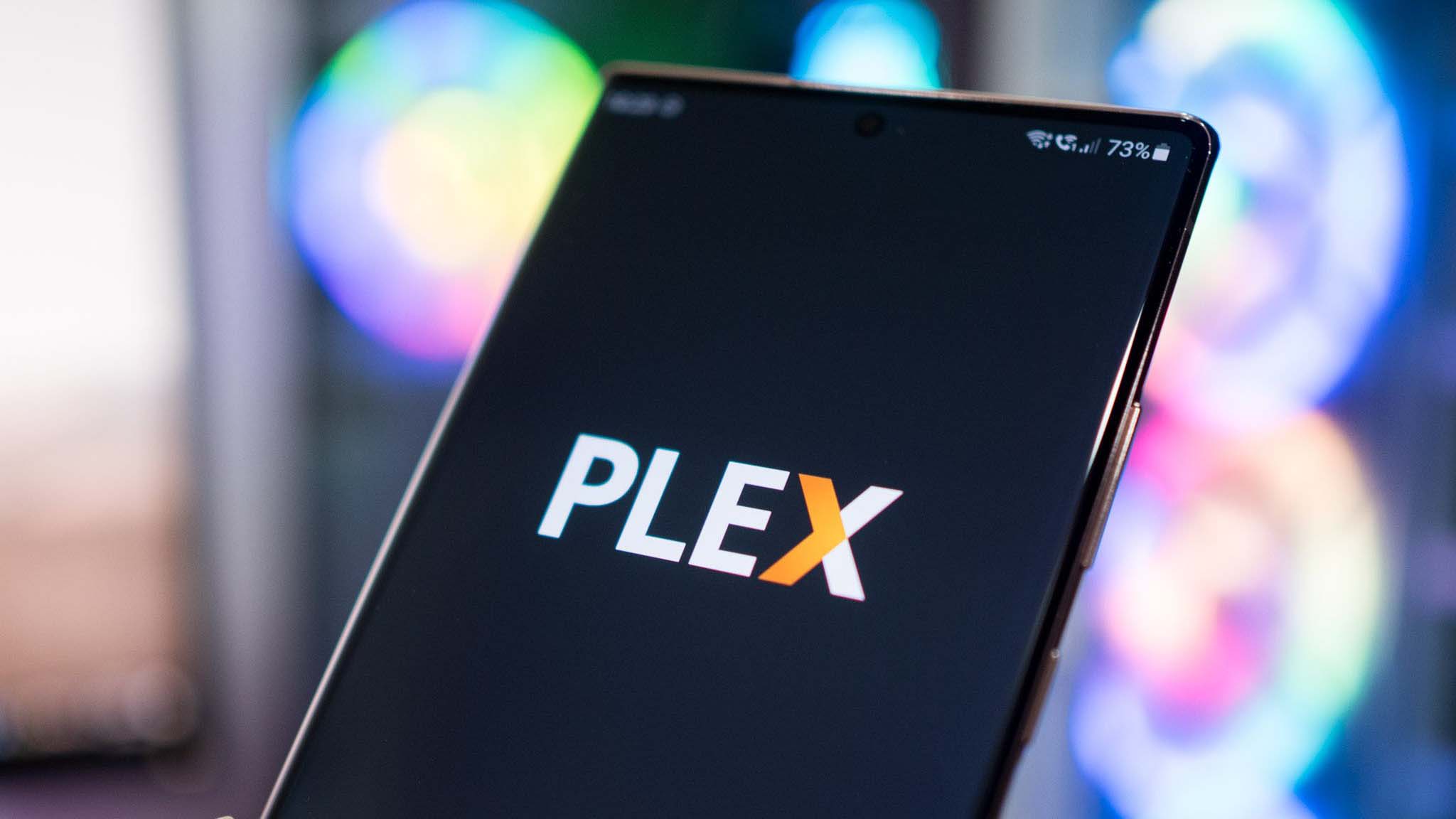
While it doesn't have to do with digital media, I'd recommend backing up all Google data every two years; Google Takeout is a great utility as it bundles all Gmail emails, Drive data, and photos and videos stored in Google Photos in one go. You get to choose which service's data you want to download; I just selected everything, and the size of the download came out to 828GB this year.
If you're running out of storage in Google Drive and iCloud, both services offer tools to see what data is using up storage, and you can delete data accordingly.
Ultimately, the biggest issue with decluttering is getting started. I had a good handle on my digital media and online activity, but I realized I let physical products pile up, and it was a sizeable undertaking to get them organized and accessible. The best recommendation I can give is to start slow; if you've got a massive photo library or mailbox that needs sorting out, start by doing 20 to 30 photos at a time, and that will allow you to build momentum.
The same goes for organizing your folders, online accounts, and any digital media. The key is to be consistent, and while I know that may sound hard to do now, it becomes routine — if not enjoyable — once you get a handle on things.

Harish Jonnalagadda is Android Central's Senior Editor overseeing mobile coverage. In his current role, he leads the site's coverage of Chinese phone brands, networking products, and AV gear. He has been testing phones for over a decade, and has extensive experience in mobile hardware and the global semiconductor industry. Contact him on Twitter at @chunkynerd.
You must confirm your public display name before commenting
Please logout and then login again, you will then be prompted to enter your display name.
